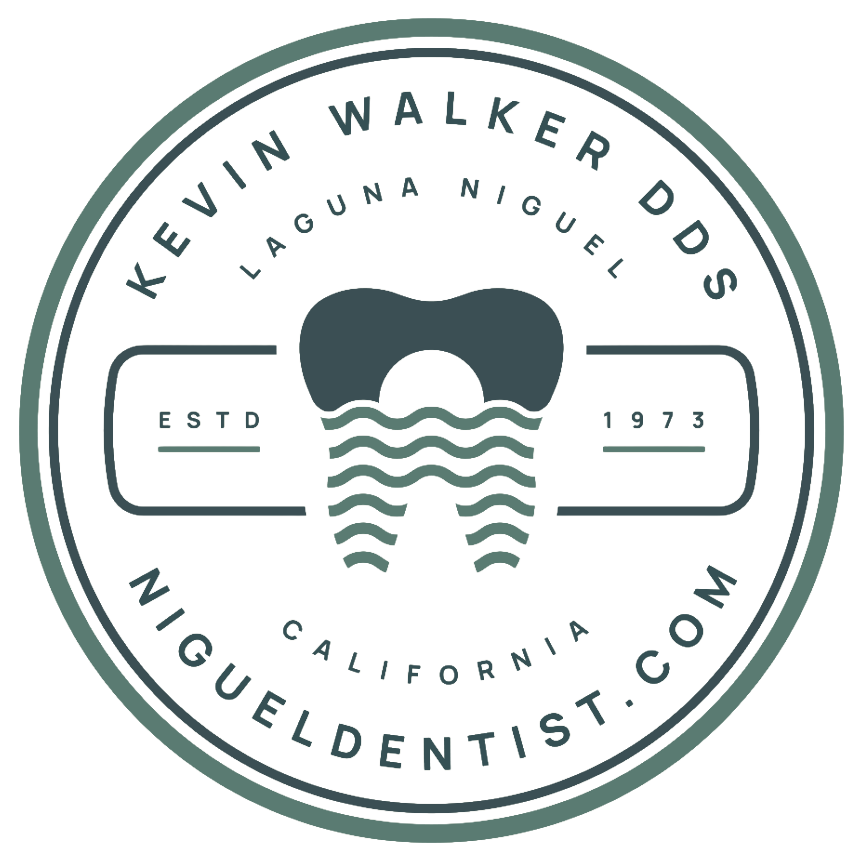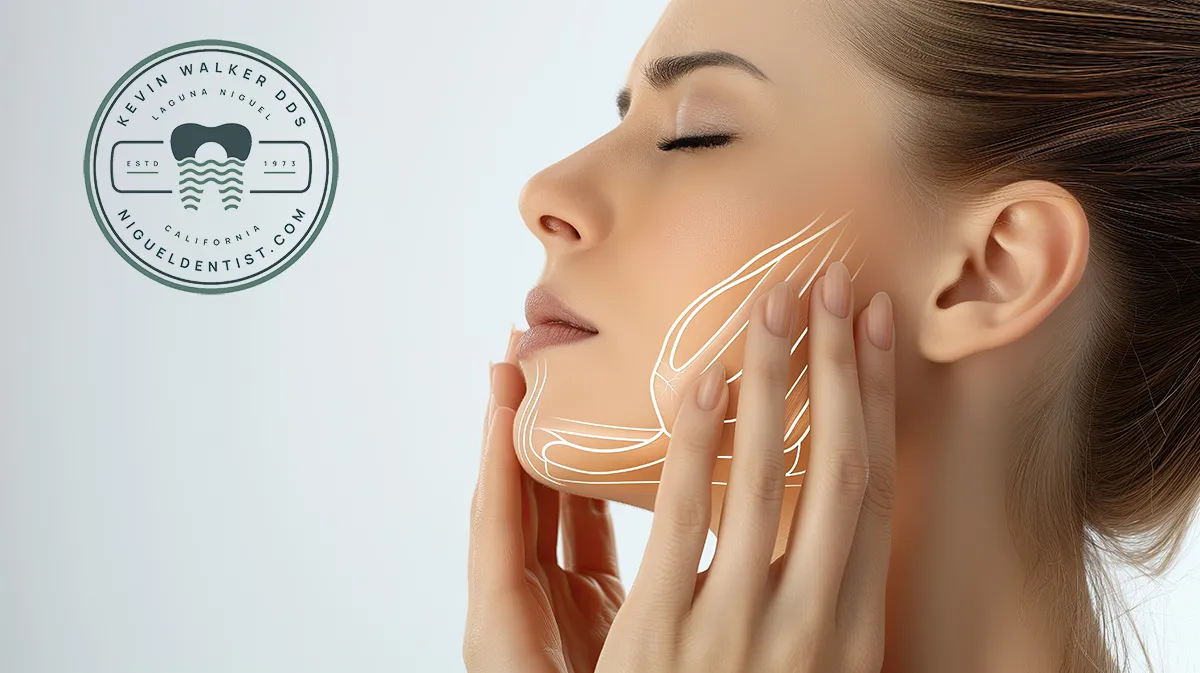TMJ Treatment: Expert Solutions for Temporomandibular Joint Pain
If you’re experiencing persistent pain near your ear, jaw, or the muscles on the side of your face—possibly accompanied by clicking, popping sounds, or restricted jaw movement—you may be dealing with Temporomandibular Disorders (TMD). While many people mistakenly refer to these issues as "TMJ," it’s important to note that TMJ stands for the temporomandibular joint itself—the joint connecting your jaw to your skull. Everyone has two TMJs, but not everyone develops TMD.
Trusted TMJ Treatment in Laguna Niguel
At Kevin Walker, DDS, we specialize in diagnosing and treating TMJ-related problems. While pinpointing the exact cause of TMJ symptoms can be challenging, the good news is that most TMD cases respond well to conservative, non-invasive treatments. Dr. Walker emphasizes the importance of exploring reversible remedies before considering more permanent solutions like surgery.


